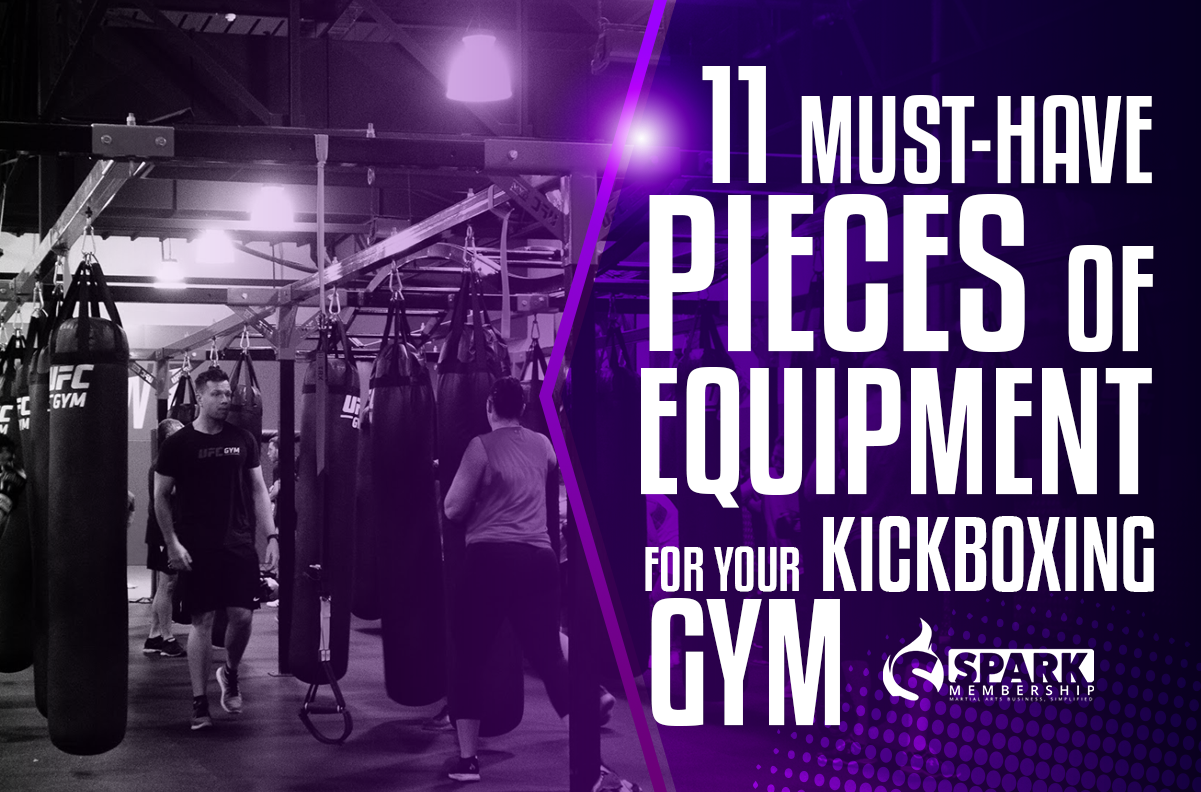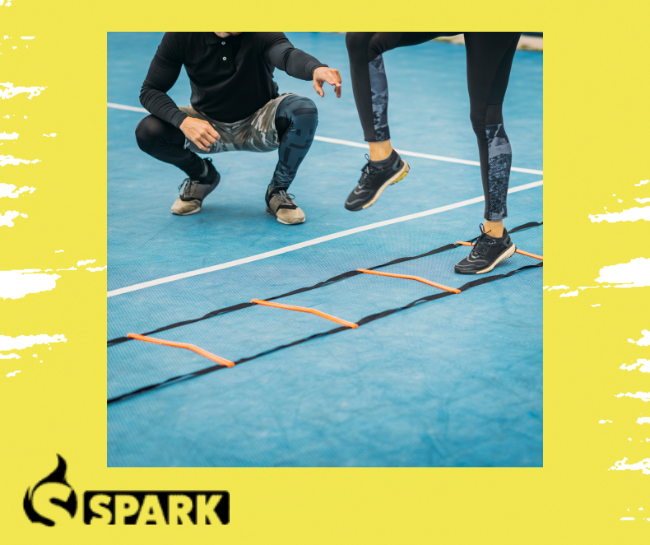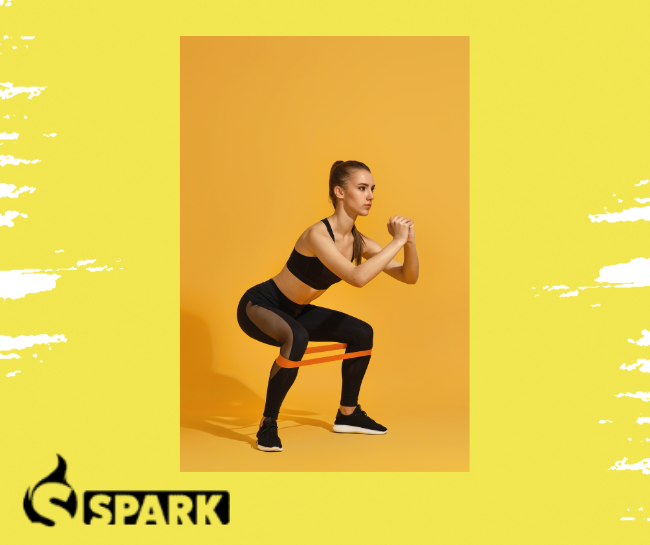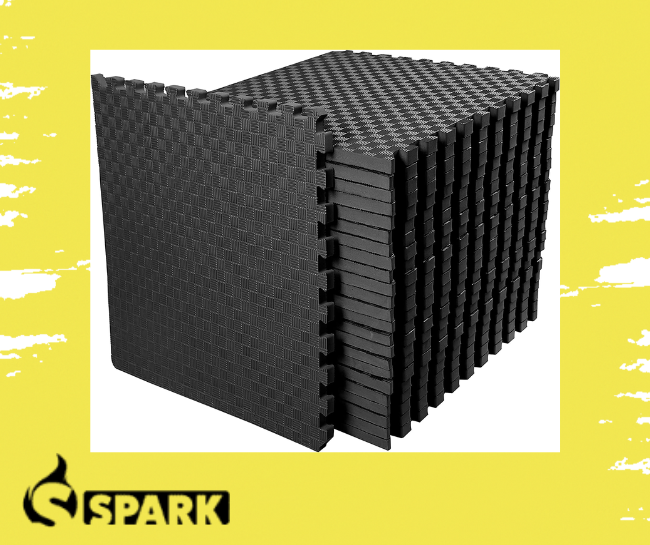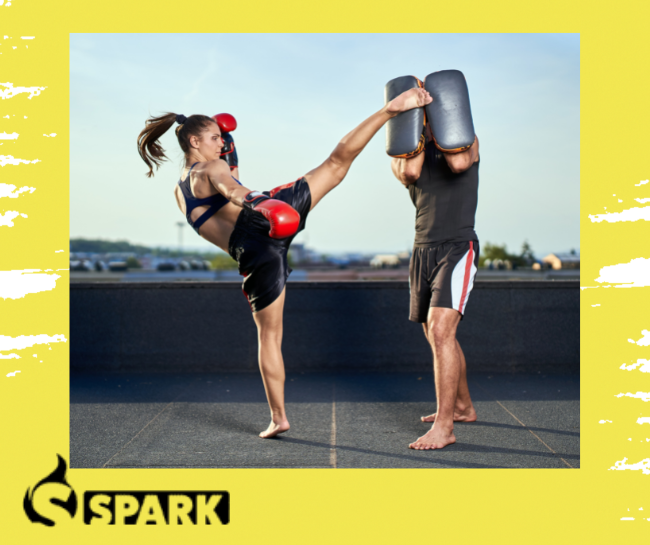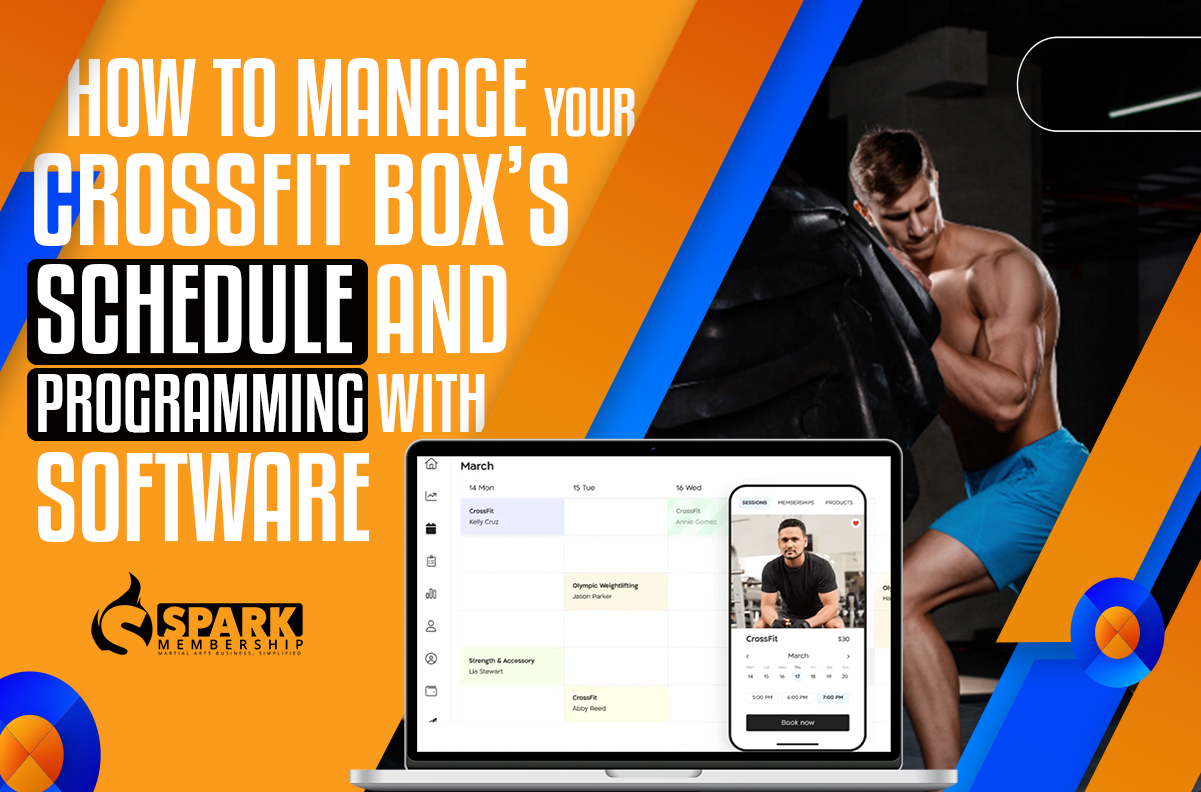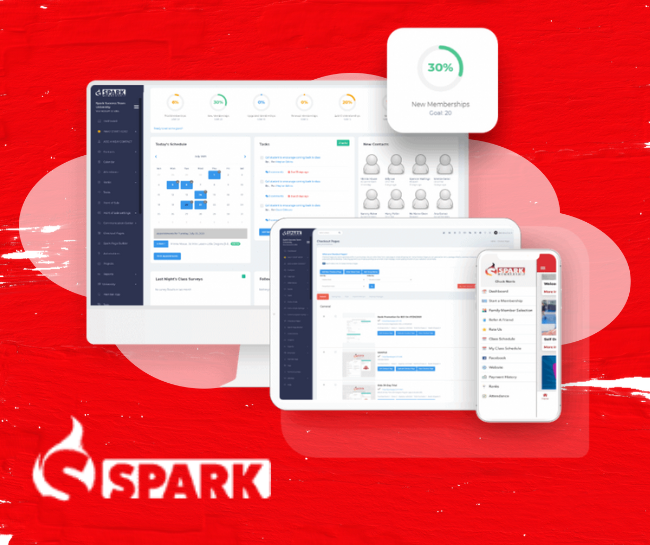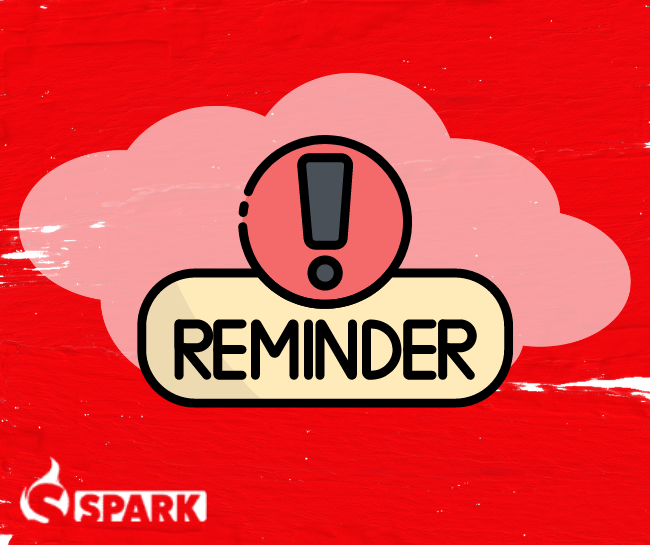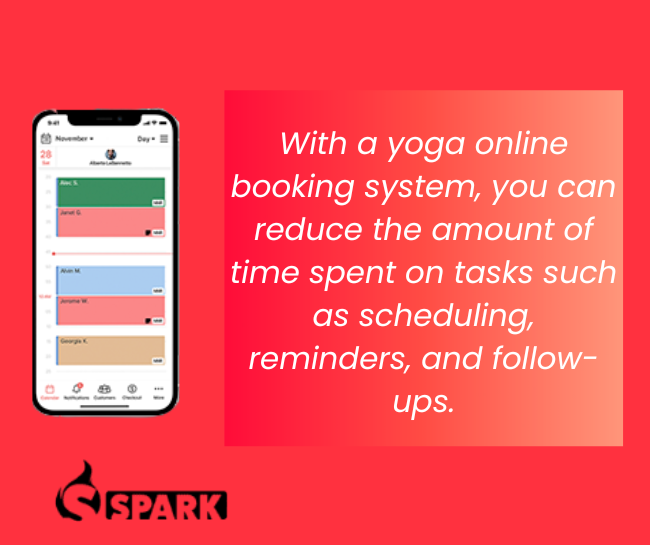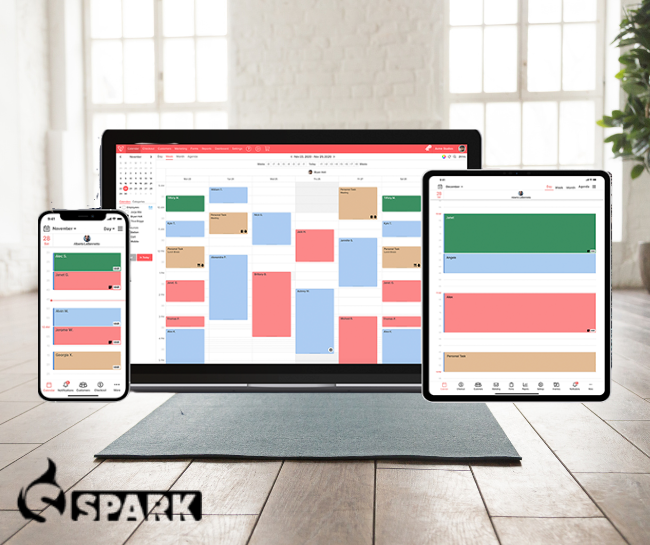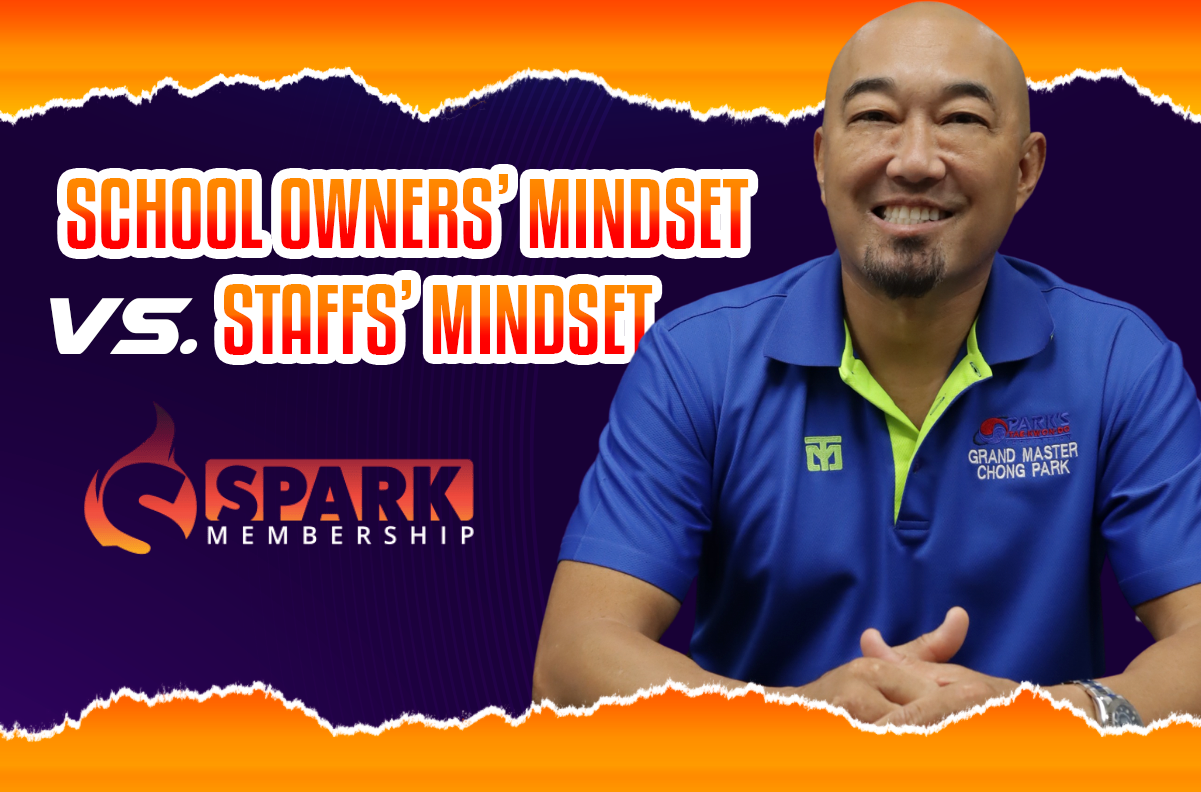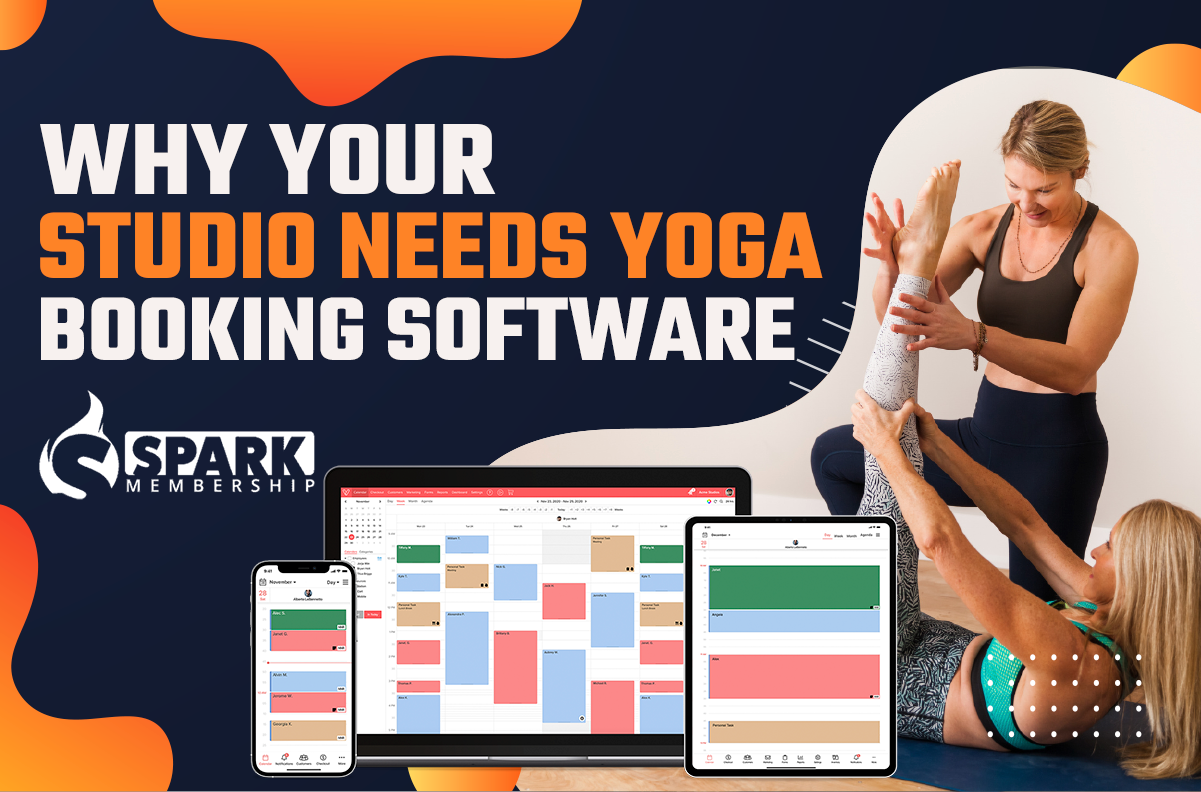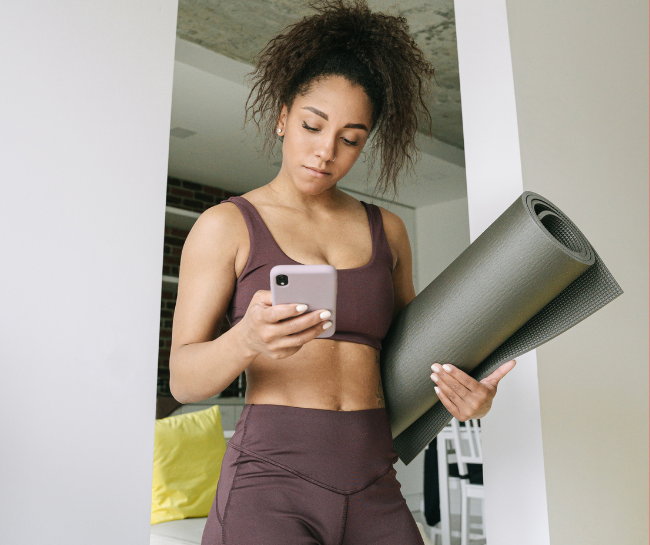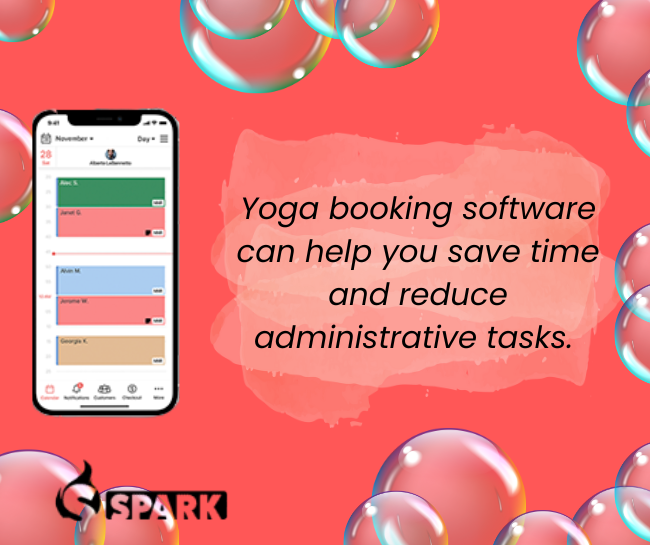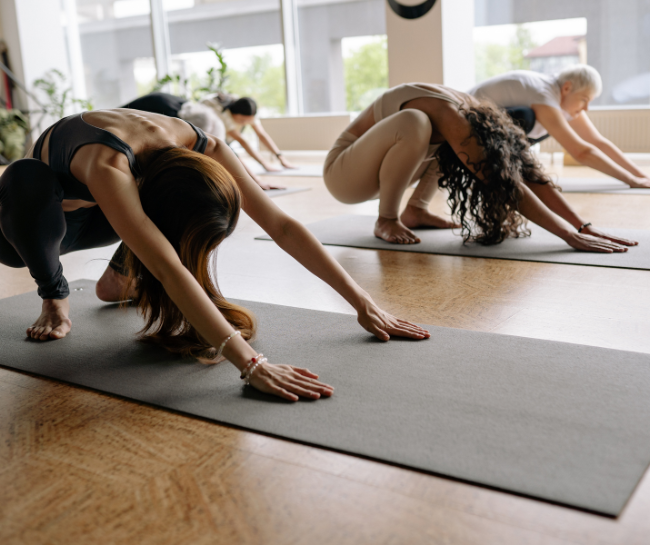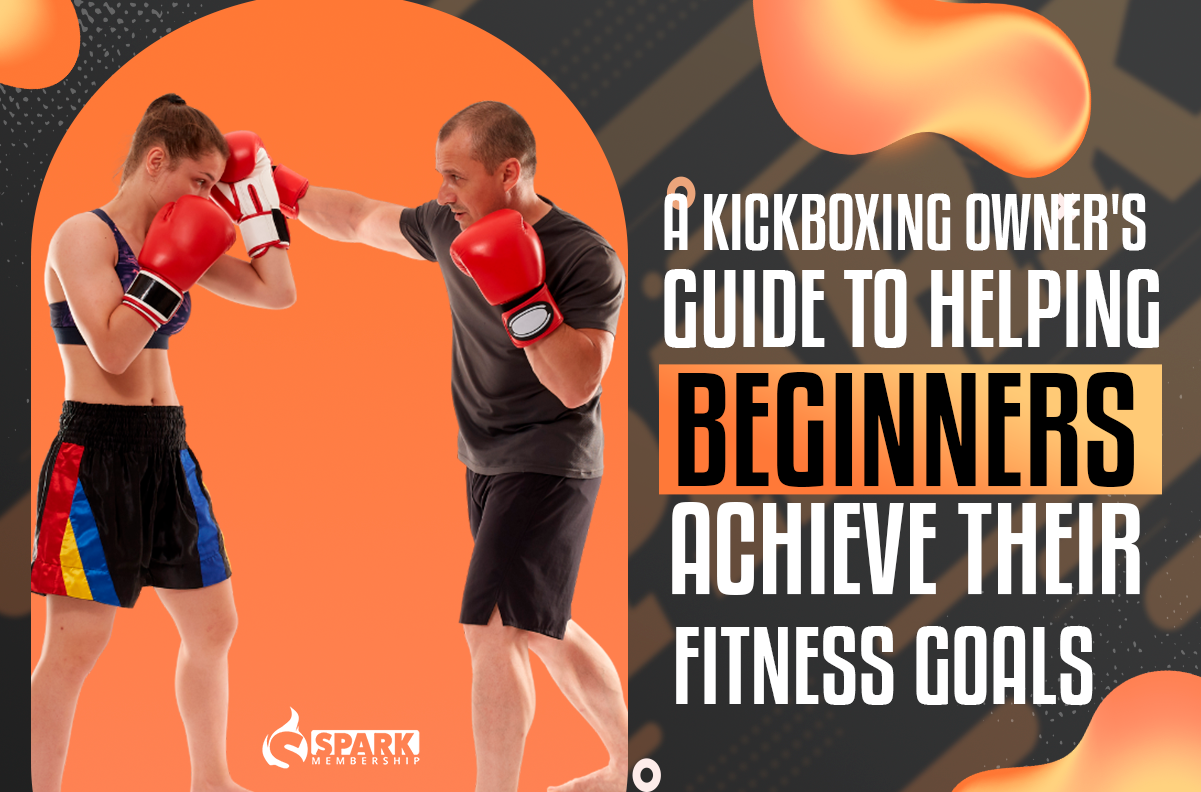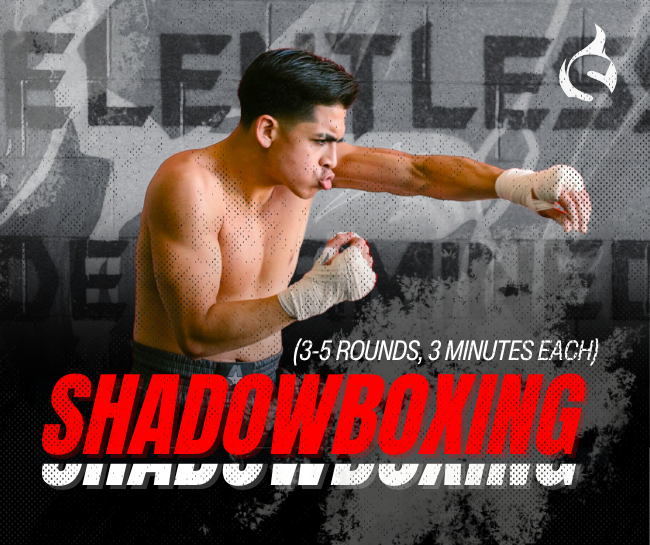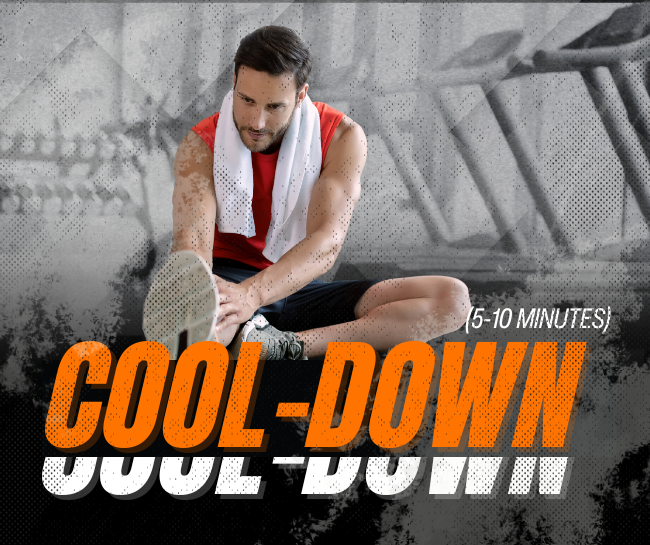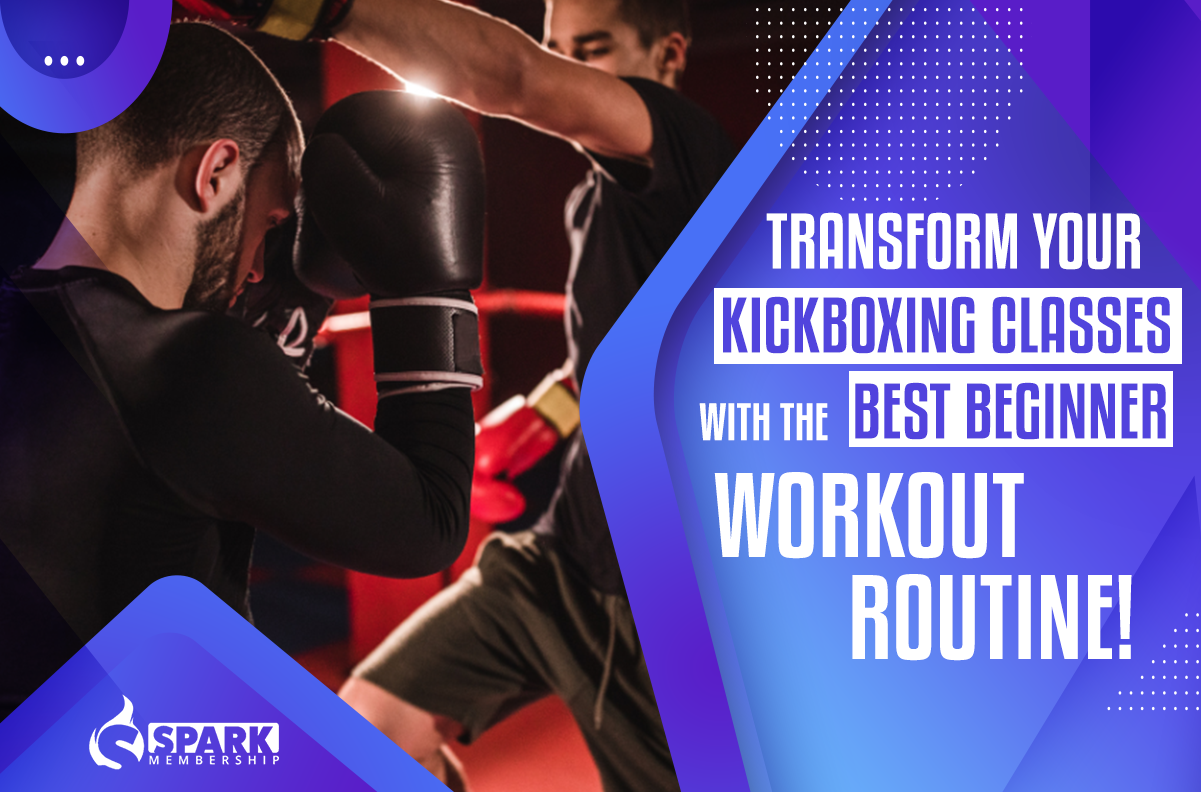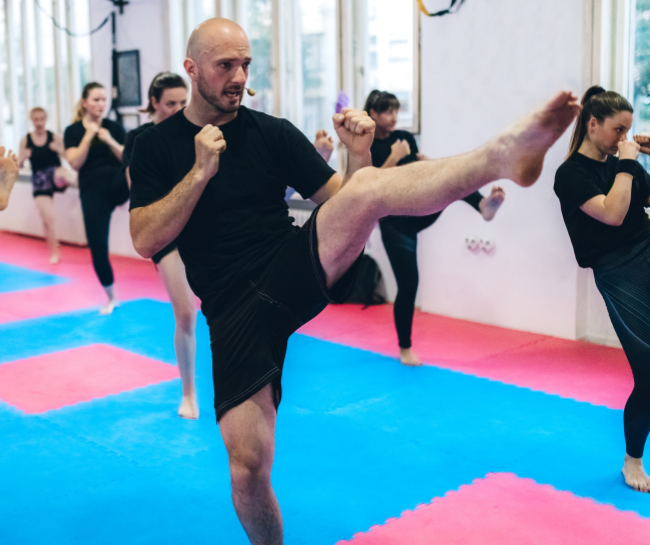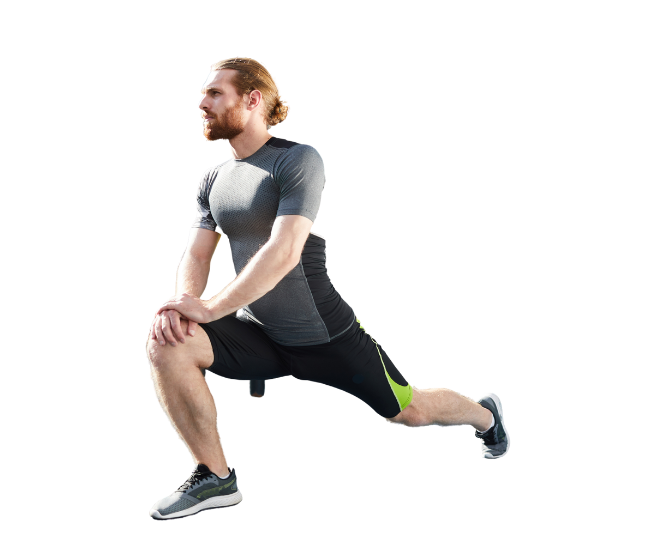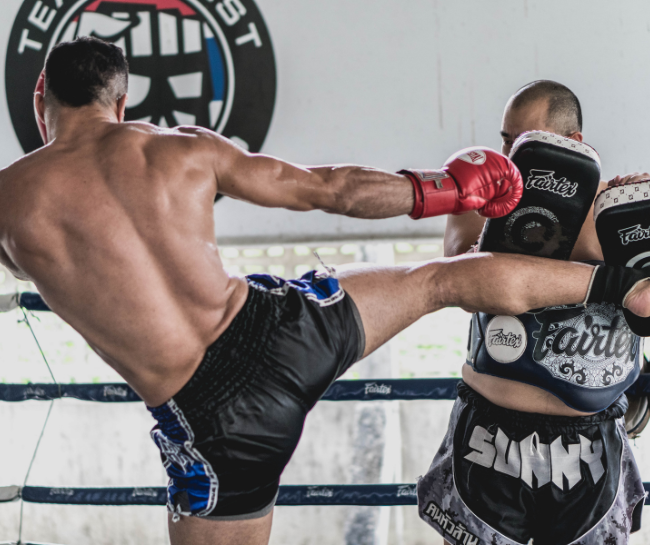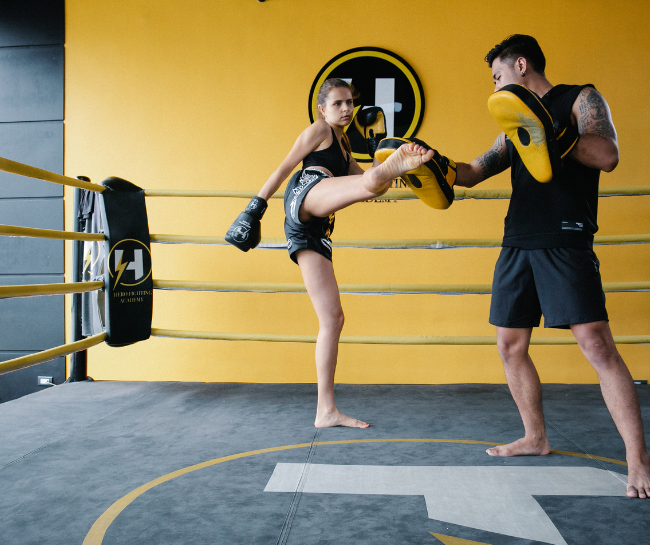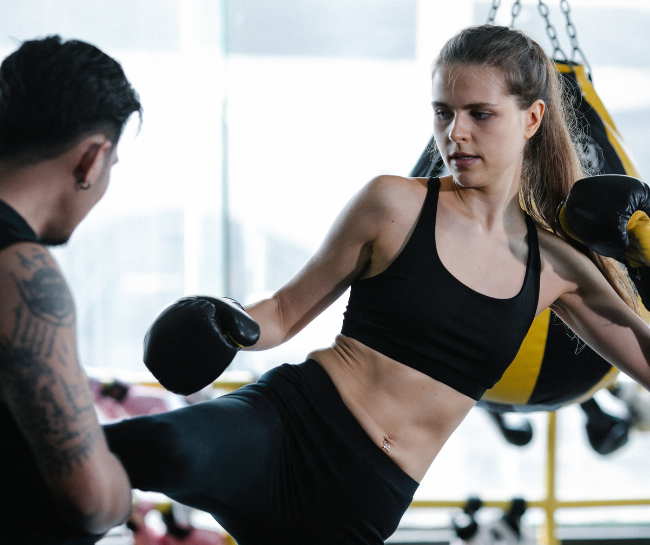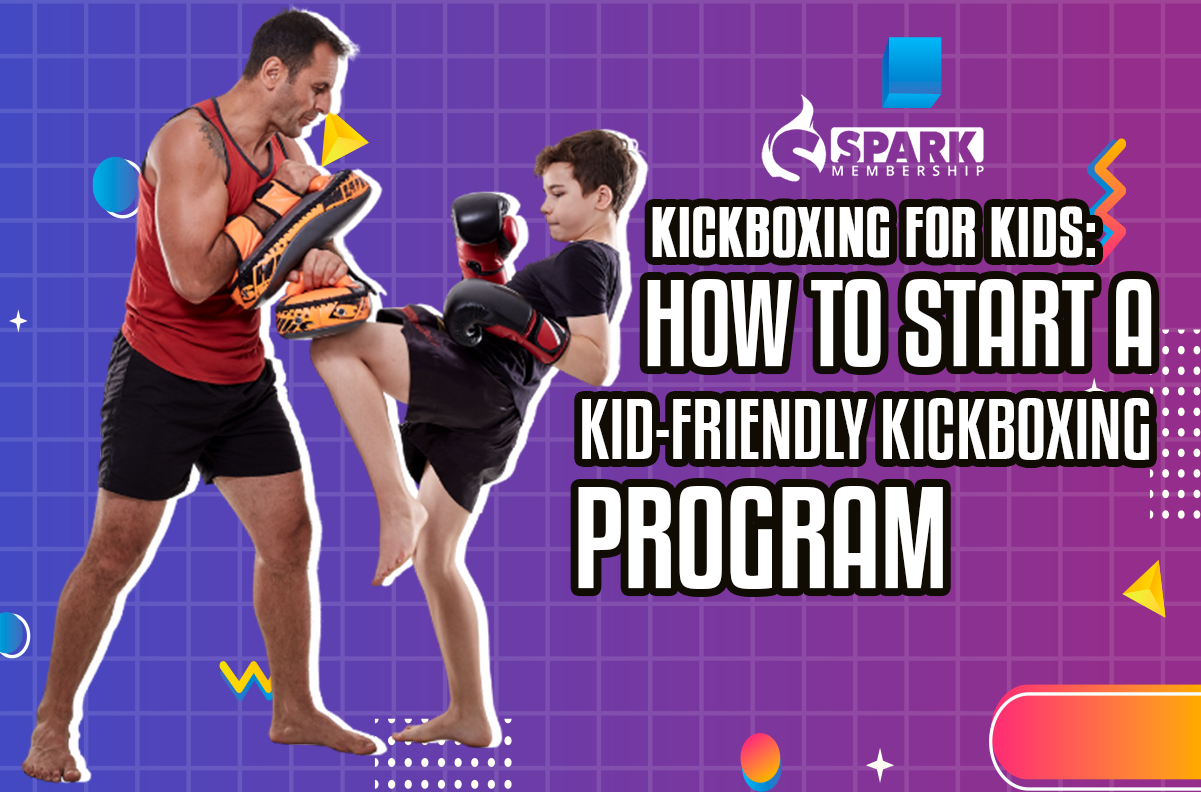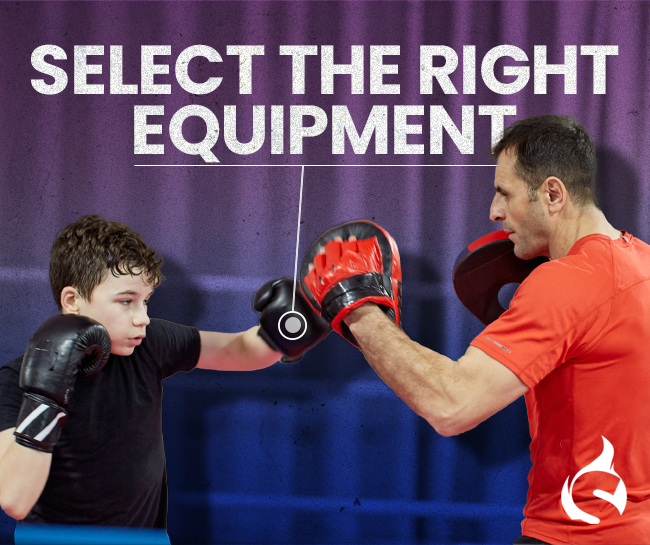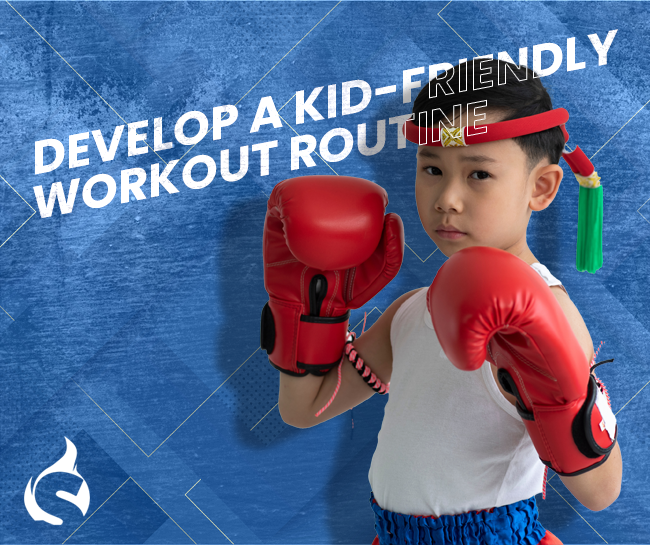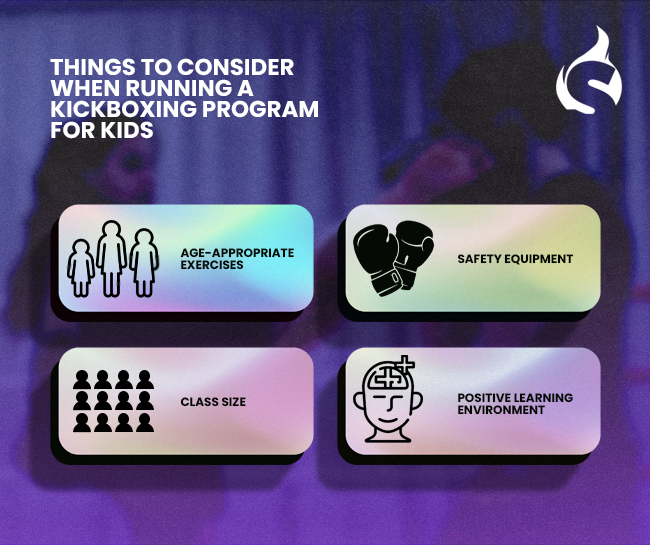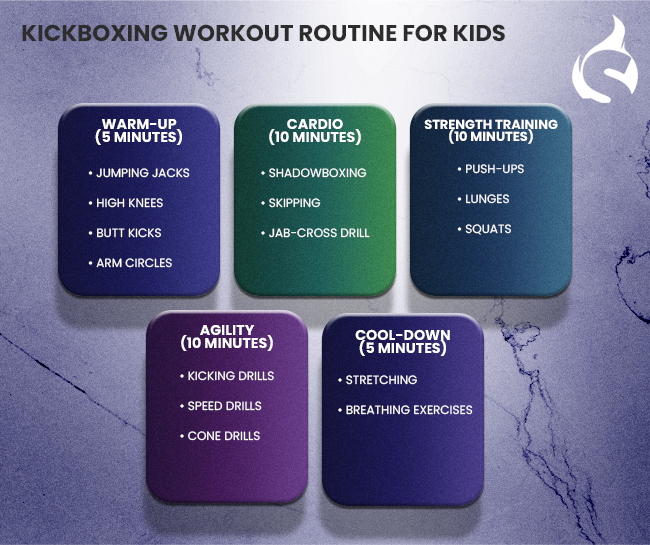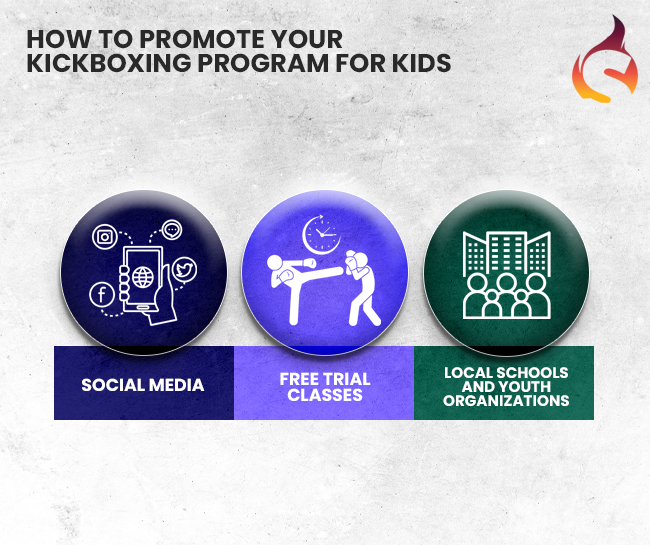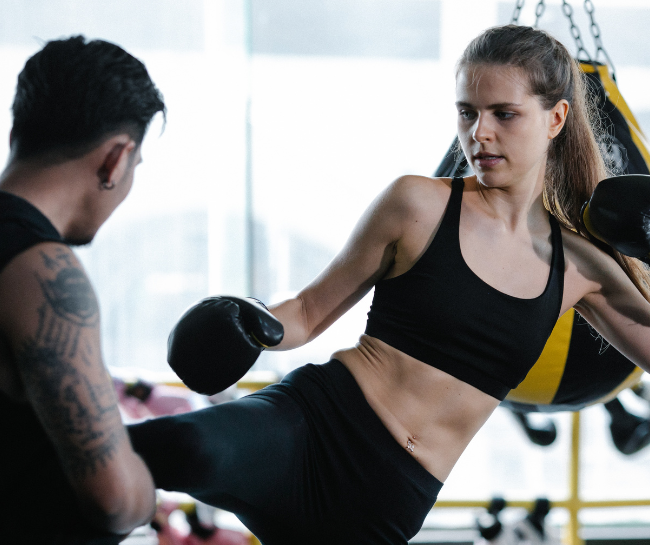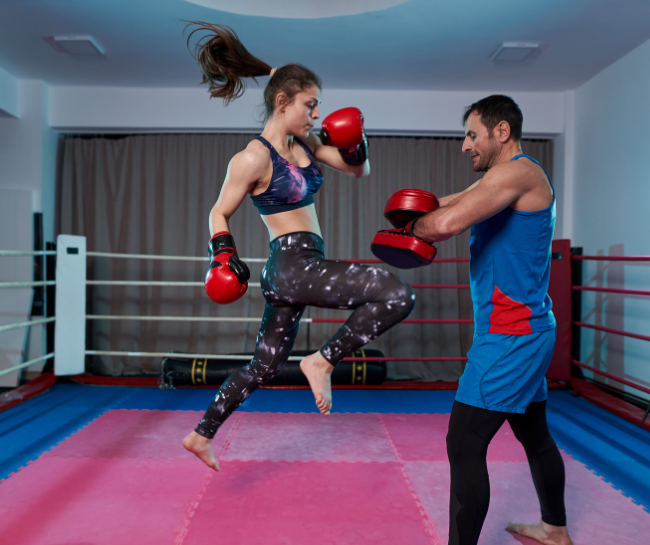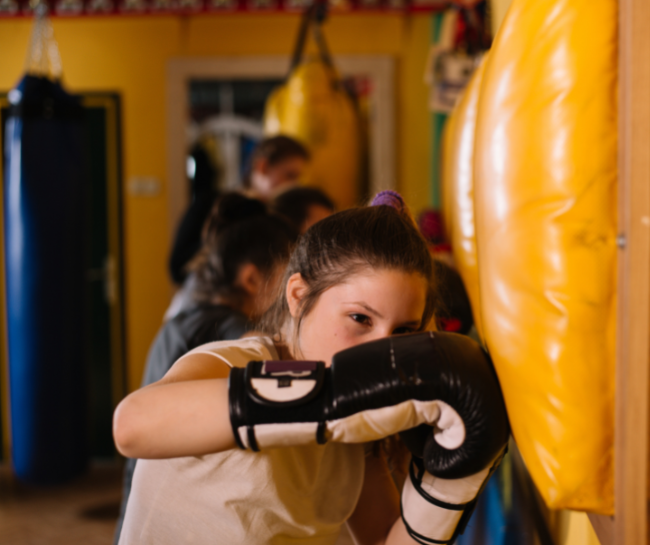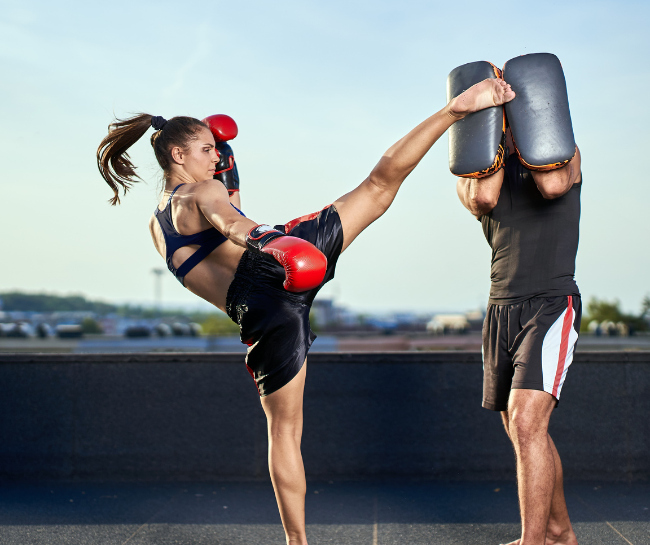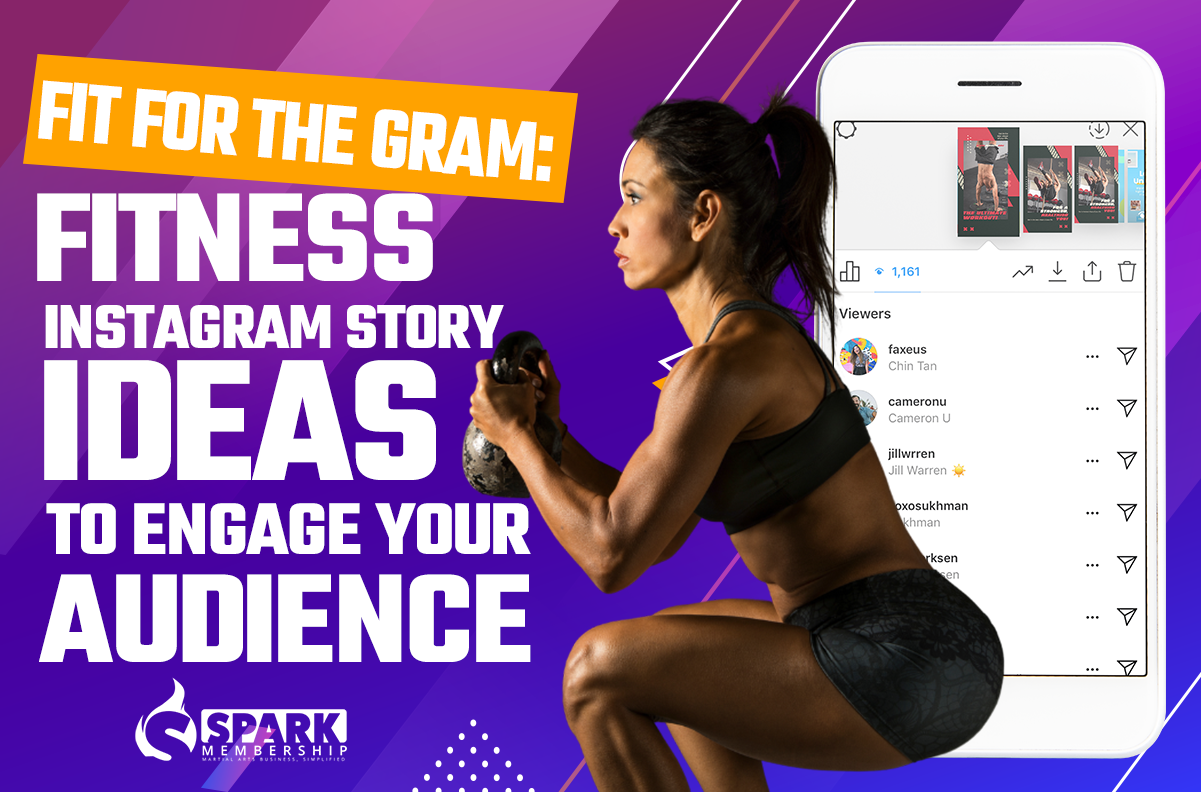
Are you a fitness business owner looking for new and exciting ways to engage with your audience on Instagram? If so, you’re in luck! In this blog post, we’ll share with you some creative and effective fitness Instagram story ideas that can help you increase engagement, build brand awareness, and drive traffic to your website or physical location.
Whether you’re a yoga studio, CrossFit box, or kickboxing gym, these Instagram story ideas are sure to help you stand out from the competition and connect with your target audience on a deeper level. So, let’s dive in and explore some of the best fitness Instagram story ideas out there!
What Should I Post On Instagram Story Fitness?
Here are some fitness Instagram story ideas that can help fitness business owners engage with their audience, promote their brand, and attract potential customers:
- Behind-the-Scenes Content

Share a behind-the-scenes look at your fitness business, such as your gym, studio, or equipment. This can give your audience a sneak peek into what goes on behind the scenes and make them feel like they are part of your brand. For example, you could share a video of a new piece of equipment being set up or a photo of your team preparing for a class.
💡 Give your audience a glimpse of the sweat, dedication, and hard work that goes on behind-the-scenes of your fitness studio. Authentic and inspiring content is the key to building a loyal and engaged community that will follow your journey to success.
- Client Transformation Stories
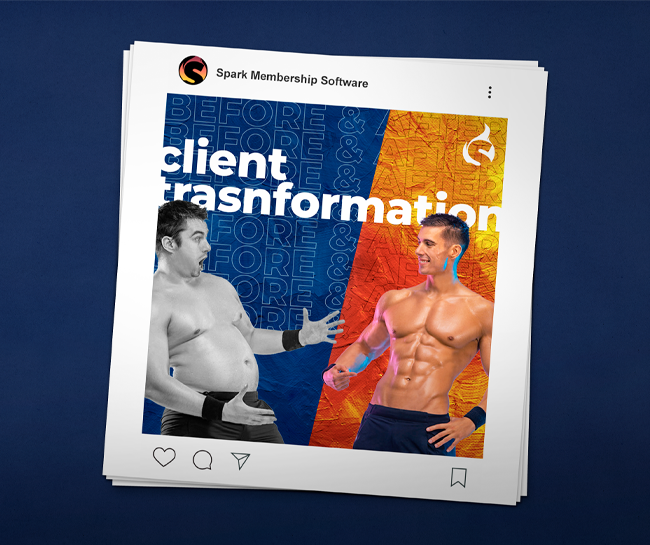
Share success stories from your clients who have achieved their fitness goals through your program. This can help build trust and credibility with your audience and showcase the effectiveness of your fitness program. You could share before-and-after photos, testimonials, or short video clips of your clients talking about their transformation journey.
- Interactive Challenges
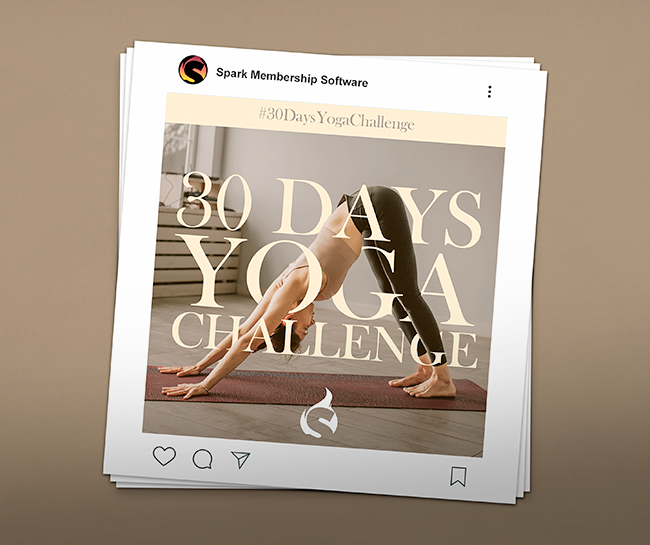
Create a fun and interactive challenge that encourages your followers to engage with your brand. For example, you could create a 30-day fitness challenge and encourage your followers to share their progress on Instagram using a specific hashtag. You could also create a quiz or poll related to fitness or your business and ask your followers to participate.
Remember to keep your stories consistent with your brand’s messaging and aesthetic, and use relevant hashtags and location tags to reach a wider audience.
How to optimize your fitness Instagram story
- Use Attention-Grabbing Headlines

Use clear, concise, and attention-grabbing headlines for your Instagram story ideas, such as “7 Must-Try Instagram Story Ideas for Your Fitness Business.” This will immediately catch the attention of your target audience and make them want to learn more.
- Provide Detailed Examples

Provide specific examples and visuals for each Instagram story idea to make it easier for your audience to understand and implement them. For example, include screenshots of behind-the-scenes content or before-and-after photos of client transformations.
💡 Make your fitness Instagram stories a knockout with attention-grabbing headlines that inspire your audience to take action and join in on the fitness fun. Engage and motivate your followers with irresistible story content, and watch your fitness studio soar to new heights!
- Utilize Hashtags and Location Tags
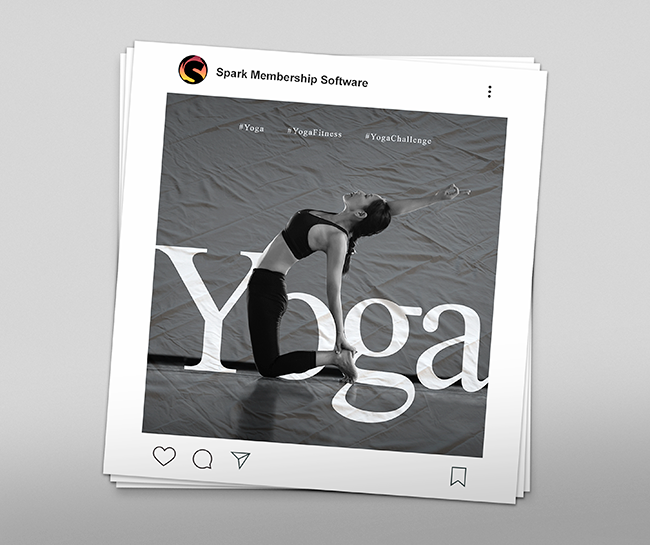
Use relevant hashtags and location tags to increase the reach of your Instagram stories and attract new followers. For example, use hashtags such as #yoga, #crossfit, and #kickboxing to target your specific audience.
- Use High-Quality Images and Videos
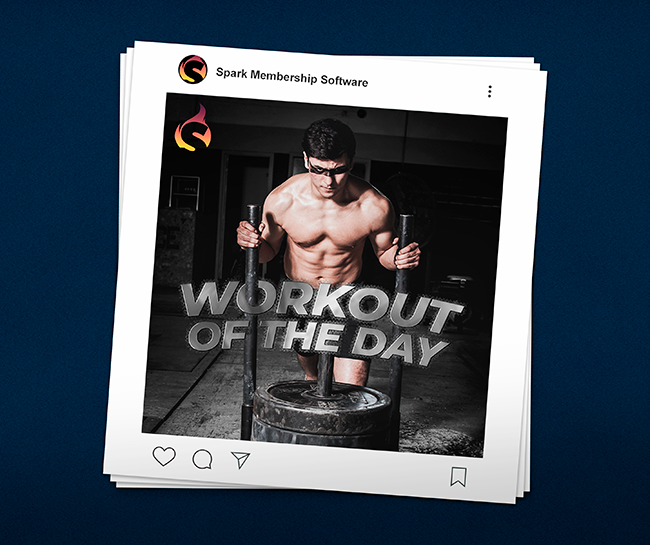
Use high-quality images and videos in your Instagram stories to make them visually appealing and engaging. This will help increase the likelihood that your audience will engage with your content and share it with others.
- Include Call-to-Actions
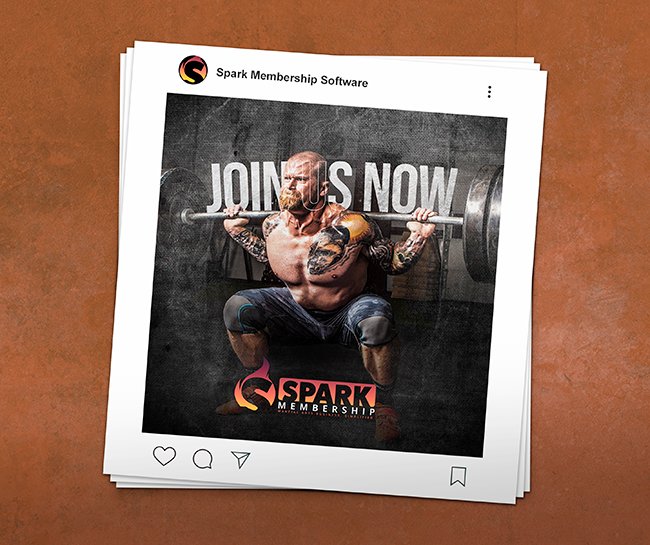
Include clear and concise call-to-actions in your Instagram stories to encourage your audience to engage with your brand. For example, include a “Swipe Up” call-to-action to direct your audience to your website or landing page.
💡 Incorporate clear and compelling call-to-actions in your fitness Instagram stories to engage your audience, drive traffic to your studio, and help more people achieve their fitness goals.
Instagram is a powerful tool for fitness businesses to engage with their audience, promote their brand, and attract potential customers. By implementing the fitness Instagram story ideas we’ve shared in this post, fitness business owners can create engaging and effective stories that help them achieve their goals of increasing engagement, building brand awareness, and driving traffic. Whether it’s sharing behind-the-scenes content, client transformation stories, or interactive challenges, fitness businesses can leverage Instagram’s visual storytelling platform to create deeper connections with their audience and stand out from their competitors.
Are you looking to attract more customers and boost your revenue? Check out our latest blog, “The Power of Fitness Influencers for Gym Owners,” and discover how partnering with social media influencers can drive traffic to your gym. And with Spark Membership Software, managing your membership base has never been easier. Don’t miss out on this opportunity to grow your business. Read our blog and start leveraging the power of fitness influencers today!
